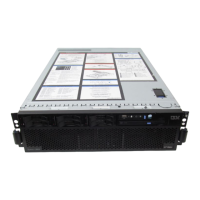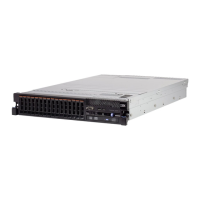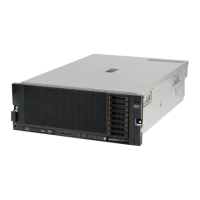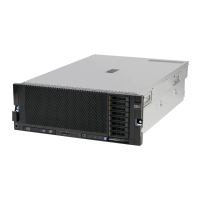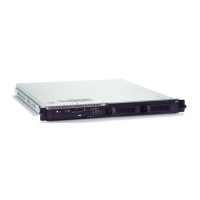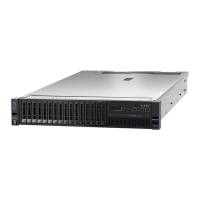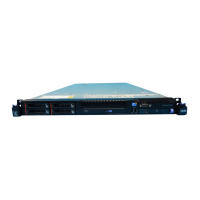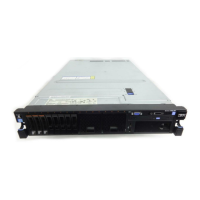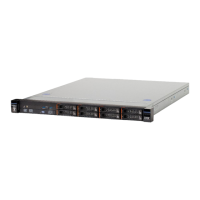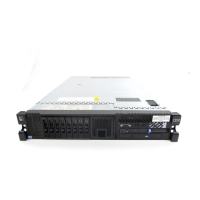252 IBM eX5 Implementation Guide
management network traffic. Separating the traffic is done when you connect your public
network port to switch ports that belong to a public access virtual LAN (VLAN) and the
management port is connected to a switch port defined by a separate management VLAN.
Figure 6-28 Dedicated 10/100 IMM system management port
When configured as Shared, you are sharing network traffic on the second onboard Ethernet
port, the one closest to the power supply, as shown in Figure 6-29 on page 252. While this
configuration eliminates a physical switch port and patch cable configuration, both the media
access control (MAC) address for the second Ethernet port and the MAC address for the IMM
will address through this single network port. This situation means at least two separate IP
addresses for the same physical port, which prevents you from configuring the onboard
Ethernet ports in a network team using 802.3ad load balancing.
Using this type of load balancing scheme will result in dropped packets for the IMM MAC
address. Smart load balancing and failover are still available network teaming options.
However, keeping the public traffic from the management traffic becomes more difficult.
To maintain separation between public and management traffic, network teaming software
must be used to establish a VLAN to be used by the server to send public-tagged traffic to the
network switch. The switch port must be configured as a trunk port to support both the
public-tagged VLAN traffic, plus the untagged traffic for the management. The management
VLAN must be defined as the native VLAN on the switch port, so that its untagged traffic from
the switch will be accepted by the IMM MAC and dropped by the second Ethernet port’s MAC.
Figure 6-29 The onboard Ethernet port used when IMM Network interface is Shared
While the IMM uses a dedicated RISC processor, there are limitations as to the amount of
network traffic that the IMM can be exposed to before complex functions, such as booting
from a remote DVD, or USB storage will become unreliable because of timing issues. While
the operating system has all of the necessary drivers in place to deal with these timing issues,
the UEFI is not as tolerant. For this reason (maintaining secured access), the IMM must be
kept on a separate management network.
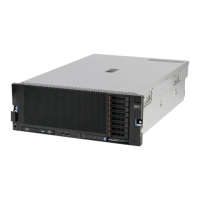
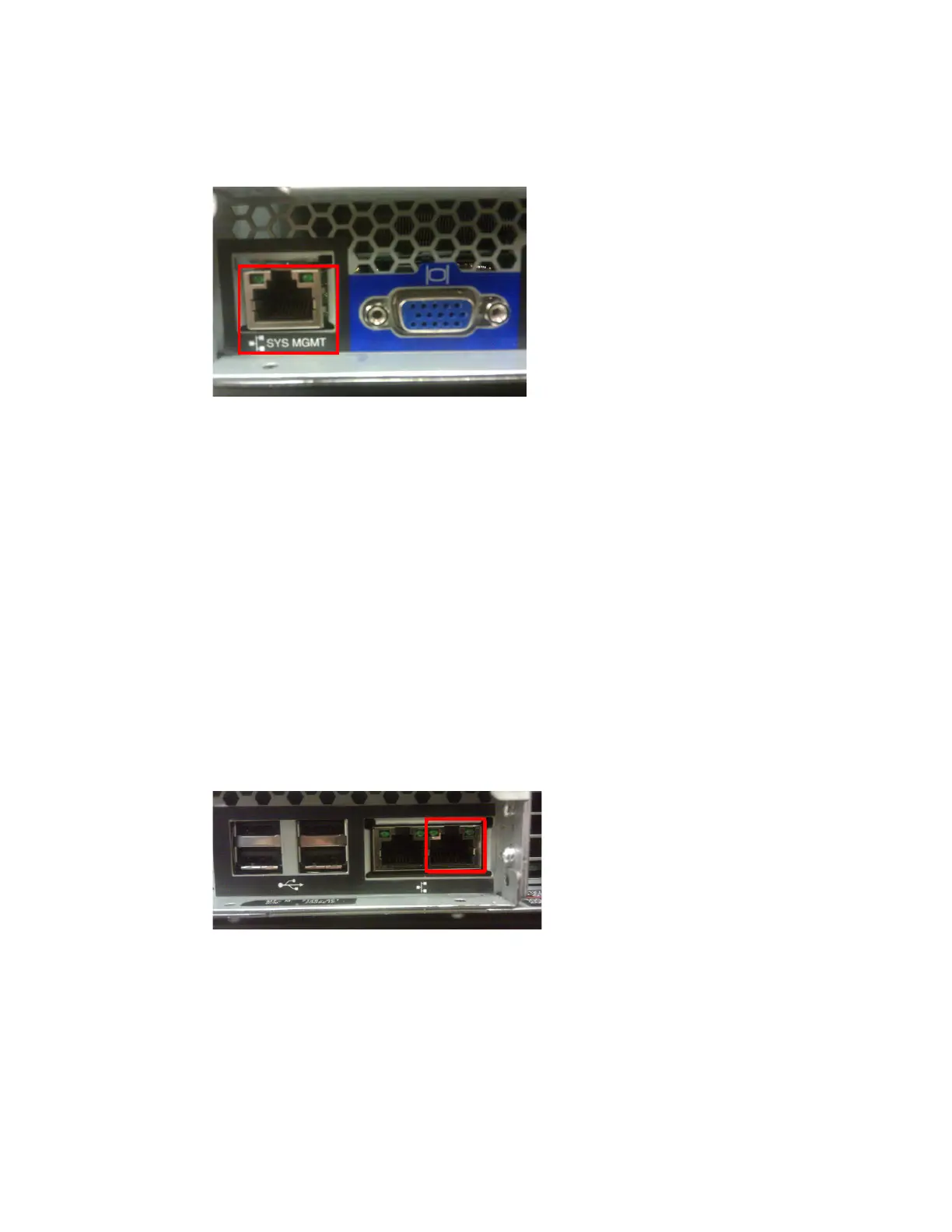